Getting “better” at meditation
Which may lead you to ask: how? what technique? which app? These are common questions with no good answers. How you meditate, what technique you use, the amount of time, depends on YOU. Your needs, intention, and aims with meditation. This is why I often invite you to meditate, but rarely instruct meditation.


Is this even yoga anymore?
Over the past 20 years, Yoga has changed. Some things for the better. Some things for worse. Men in speedos standing on students’ backs are no longer celebrated (win!). Our conversation about the body and benefits of practice has matured beyond platitudes into provable facts. (This article on breathing is an excellent example). But classes (more often than not) have become a feel-good-crowd-pleasing-flow, not a journey of Self-discovery.
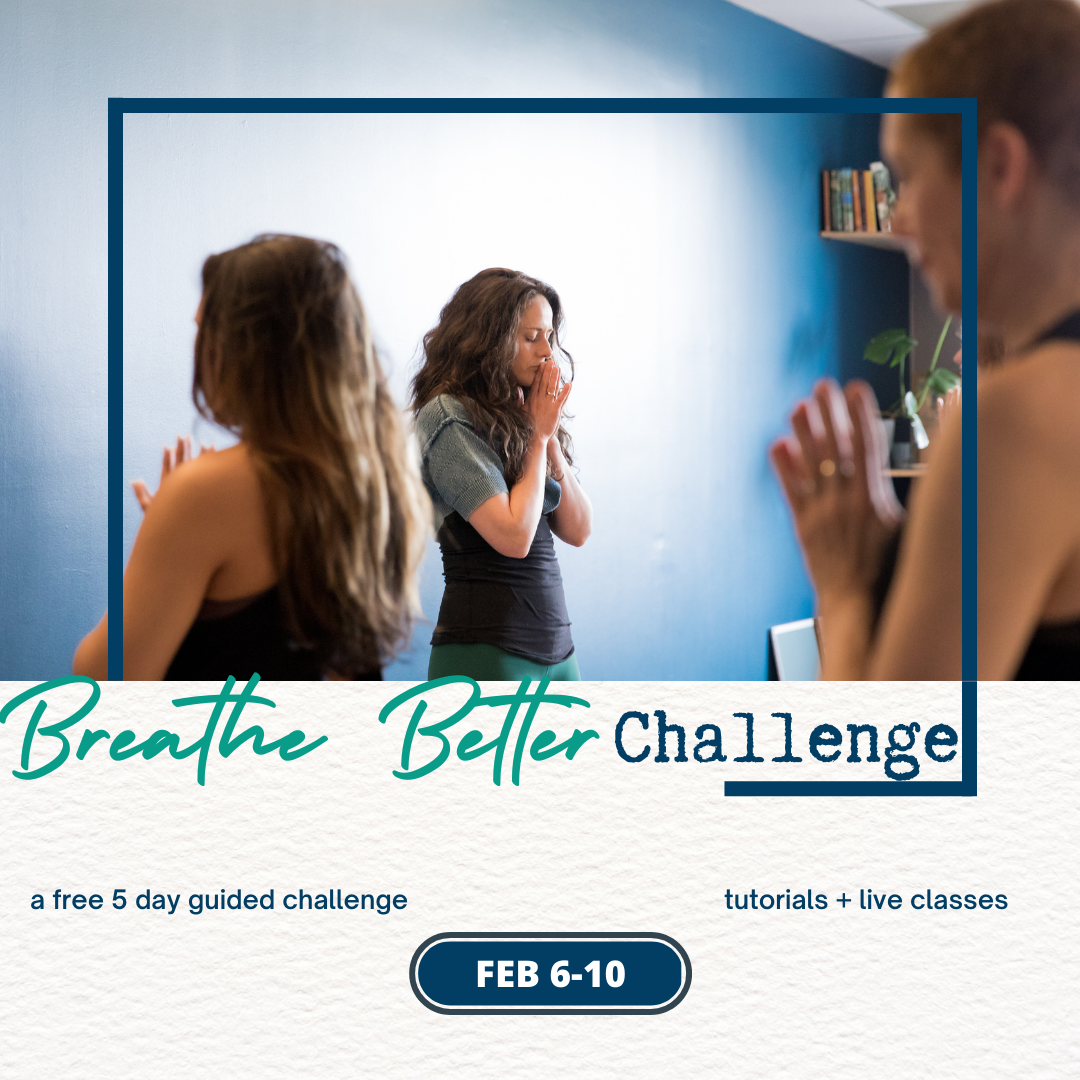
The Truth about Breathing
Near Enemy #1: “Breathe Deep” When you hear “breathe deep” what do you do? Most humans will gasp, gulp or suck in air which will keep you breathing shallow. Because the breath gets stuck in your chest.
Instead, when you hear “breathe deep” you want to breathe deep into your body. Through the nostrils. Using the respiratory diaphragm. Why? because the respiratory diaphragm brings air into your lower lungs where oxygen exchange occurs.
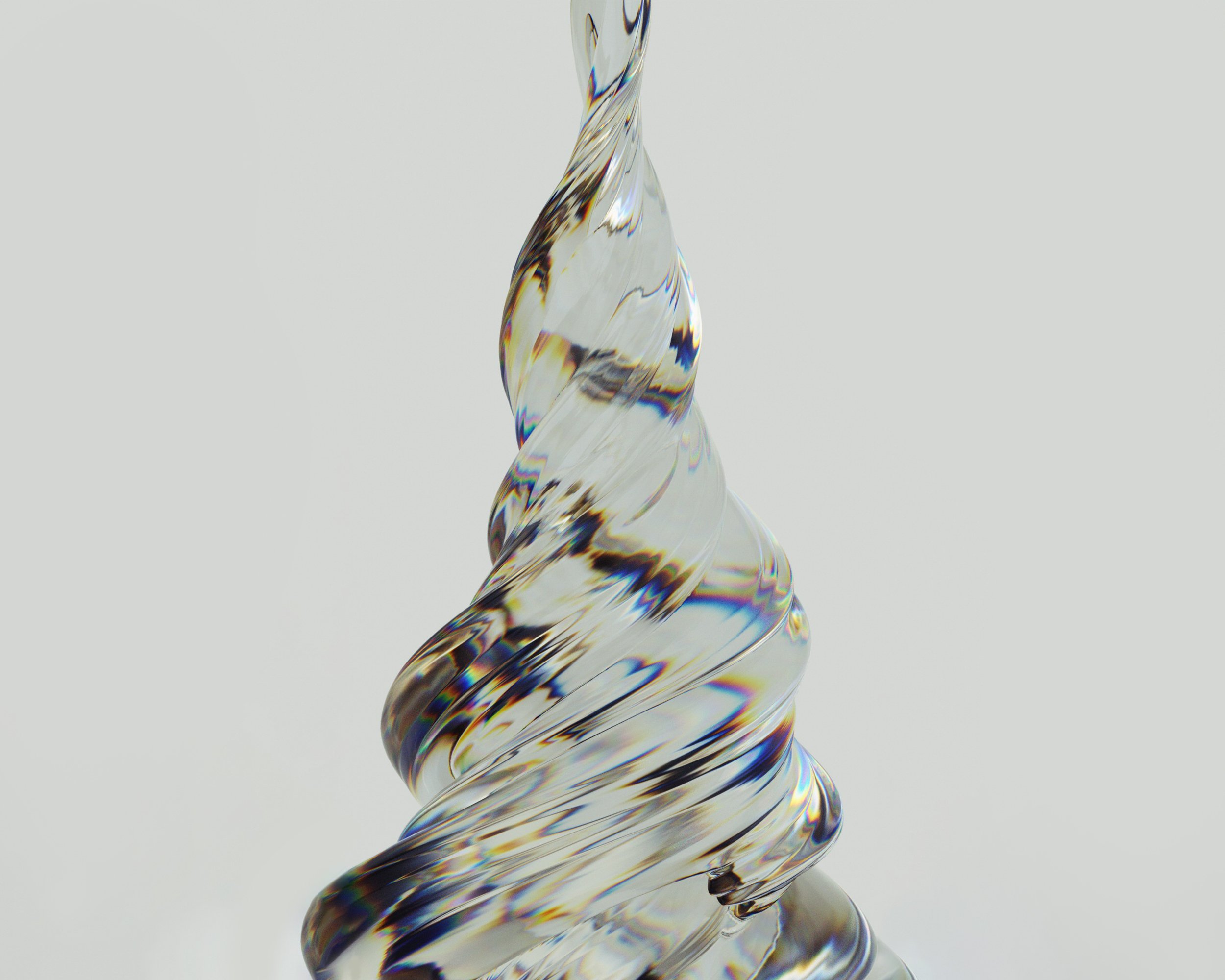
Creating Flow with Your Breath
What brings you flow? How do you create flow states?
A student recently shared, "the breath reminds me that there is always flow even when I don't feel flow". That is the magic, mystery and medicine of the breath: to restore flow in body and BEING.

Breathe Better Challenge
The breath is the magic bullet, the secret sauce, the easy antidote. Why? because your body is listening to your breathing. Responding to your rhythm (or lack thereof). Slow, deep breathing, especially with an elongated exhale, stimulates the vagus nerve. The vagus nerve is your 10th cranial nerve. It runs down the sides of your throat, enervates the organs of your gut (this is the gut-brain axis) and your face. It comprises most of your parasympathetic nervous system (the cool, calm, content vs. the get-up-and-go of the sympathetic system).

New Systems Coming
This email is one of those items for me. It's been 3 years in the making. Yup, 3 years. Since Kanda's creation, we've lacked a coherent and consistent way to communicate with you all.
As of today, we finally have you in one place.

Finding Your Transitional Point in 2023
During the holidays there is a meltdown of routine and normalcy. Rather than rush back to old ways, I encourage you to savor and stretch out what the Yoga Tradition calls a sandhi. A transition point.
Depending on the context, sandhi translates to critical juncture, opportune moment, interval, pause, or rest. The word is used in Ayurveda (the science of longevity), Jyotish (the science of light, commonly called vedic astrology) and Vastu (the science of dwelling, similar to feng shui).

Winter Break! See you in 2023
As we enter the New Year, there is a surge of messaging about detoxing and cleansing, resolutions and commitments, goals and achievements. We’ve all lived long enough to look at New Year’s resolutions with cynicism at best, hopelessness at worst. For the record, I think the idea is excellent.
But, the implementation is awful. Why? Because it starts with a misaligned motive: to “fix” something that is wrong or bad. It’s a stick. And a stick that is often used to bludgeon based on external standards - to look or behave a certain way. To accomplish or achieve a certain thing.

Functional Breathing: Learn from the jellyfish
What is the aim of your practice? And how do you get “better”? My teacher would tell me, “get on your mat, open your channels, and get out of there.”
She steered me away from the “more is better” narrative as well as the exercise/calisthenics/gynmastics empahsis so I could sense something different: the subtle body. She wanted to refine my palate for more than the hot sauce of stretch and sensation, she wanted me to savor satisfaction and embrace the sweetness of enough.
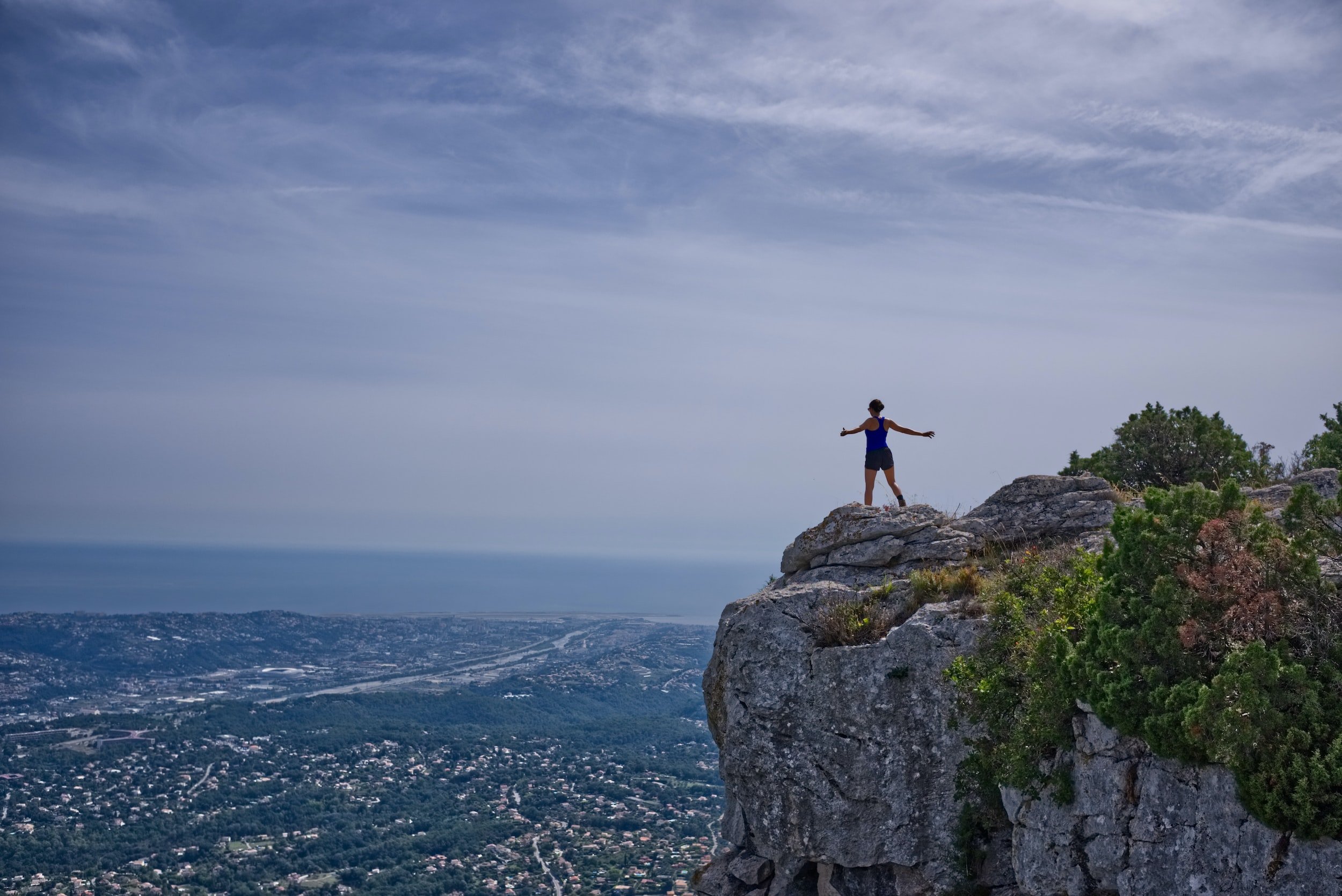
What is Your Yoga Goal?
At their core, all mind-body, health-wellness, spiritual practices have a similar aim: reduce suffering, increase connection. Not give you a perfect body, zen master mind, or make all the difficulty and discomfort disappear, but to give you tools, techniques and strategies to make the most of whatever is happening.

Practicing Through the Holidays: How to Remain Centered
How strong is your practice during the holidays? Not just on the mat or meditation cushion, but in real life... Can you show up as your best self? Stay calm, clear and centered? Maintain poise?
The holidays aspire to be a time of connection, joy, and celebration. But most experience the season as stressful, difficult, even painful. What goes wrong? And what can we do about it?

Stay Grounded with a Week of Miracles
Your practice is an opportunity to cultivate strong roots and a solid center for the budding branches of your heart. We've been doing just that in the Vayu classes. Apana Vayu is your grounding current running through pelvis, legs, and feet. Samana Vayu develops your power center at the respiratory diaphragm.
You've got practices for both in your Virtual Library. Use them! Because the holidays are on the horizon. This is a time when routines are uprooted and we tend to loose our center.

Online Yoga Classes in Post-COVID World
I feel like Kanda is at a bridge. With no guardrails. No clear-cut path. The only way forward is one foot in front of the other.
What is the bridge? The world post-COVID. How to move forward with a virtual school. How to innovate and create more educational opportunities. How to expand and enhance your relationship to yoga.

The Vayus: Samana and Digestion
While Apana teaches you to settle into solid ground, create internal support, and relish release, Samana will ask you to evaluate your digestion. And not just of food, but everything you consume - from memes on social media, to the endless stream of marketing, to conversations with your mother. Everything.

the still small voice that said keep going: 20 years of life altering study and practice
At the time, there was something inside of me, buried under years of conditioning, an inner knowing that said... keep going.
20 years later, following that inner knowing has changed everything. When I take time to digest and reflect, I see how much has been done and overcome.
Practices that expand inner awareness are like being on a speedboat. You're cruising through uncharted waters. The winds of change whip your hair and pull tears from your eyes. You keep your head down. And only over time, with distance, can you appreciate how far you've come.
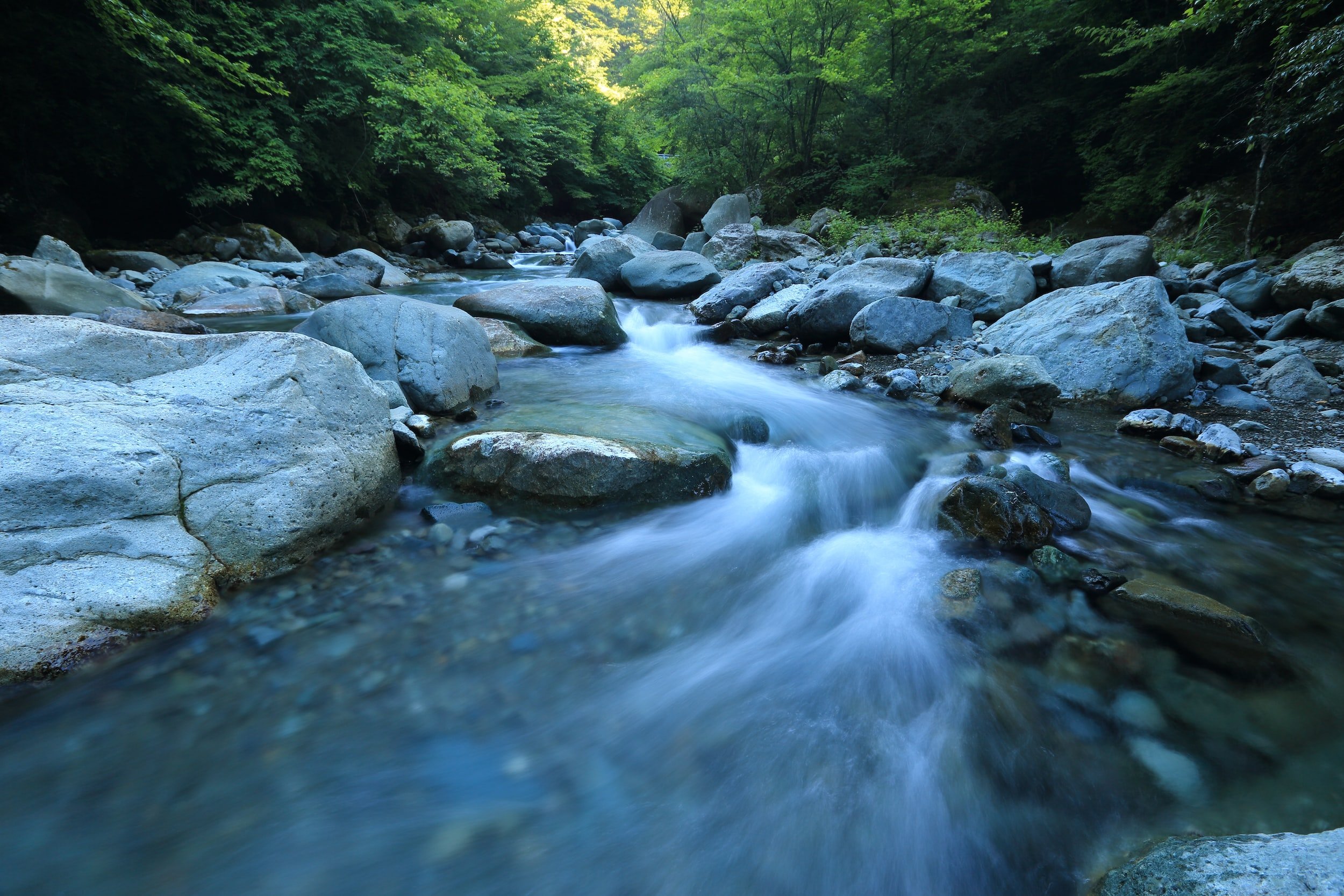
The Vayus: The Releasing Energy of Apana
Apana Vayu asks you to relish release. To embrace the power of letting go. To trust the ground beneath your feet and your ground of being

The Vayus: Imbalance has Excess and Deficiency
All the Vayus emerge from Prana Vayu. (As always, the one becomes the many.) Each wind has its own actions, corresponding organs, and qualities. In classes, we will calibrate each Vayu for optimal functioning.
Our physical practice begins with Apana Vayu. Apana has the power of releasing and the quality of grounding.

The Vayus: the Internal Winds of Your Subtle Body
let’s learn a little more about the Vayus.
The Vayus are in the realm of mythic consciousness.
The Vayus are part of the subtle body.
The Vayus are a refined way to explore your inner landscape.

Yoga Statistics: Are you in the 26%?
During certain moments and transitions, I have felt lost, confused, and conflicted. If I did not remain flexible with my practice and perspective, I probably would have quit or “lost” my practice. Which is an interesting question. Why do people “lose” their practice? It has less to do with discipline and devotion than you might think. Here are common occurances…
